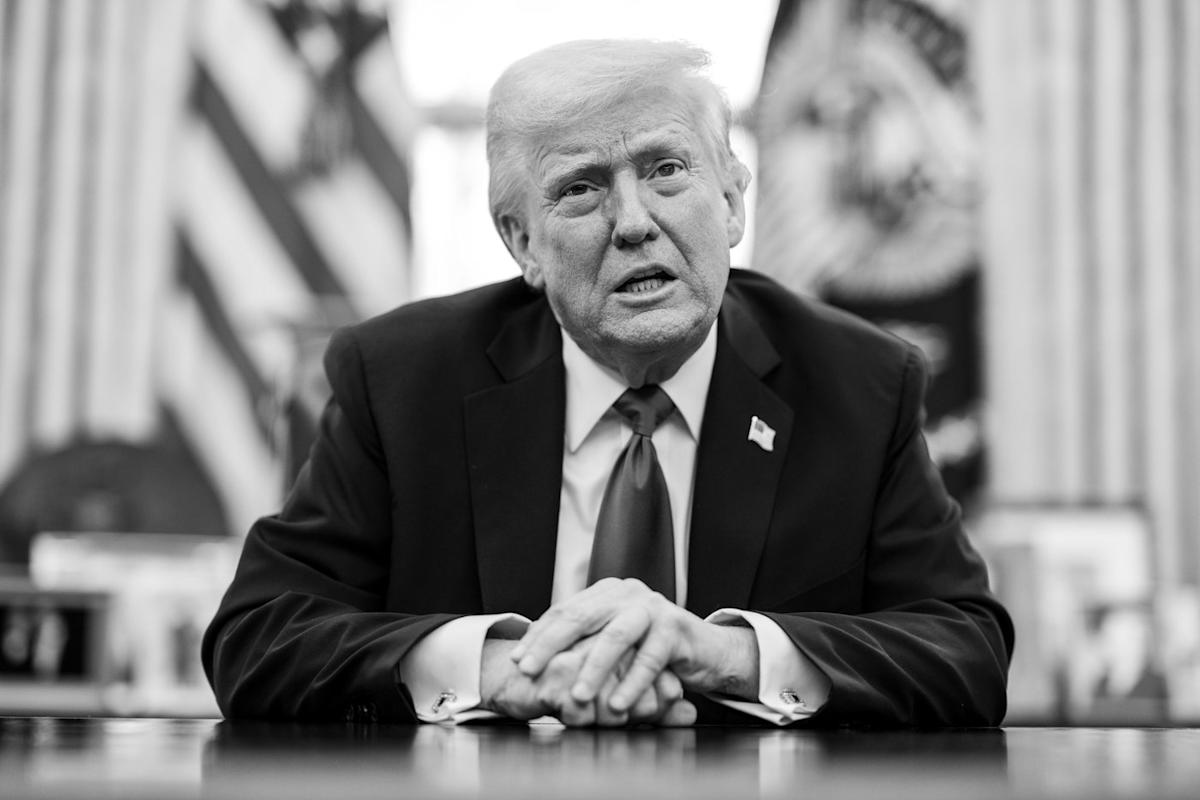The S&P 500, Nasdaq Composite, and Dow Jones Industrial Average have navigated their way through historical bouts of volatility in 2025.
Donald Trump’s tariff and trade policy has stoked inflationary fears and increased uncertainty on Wall Street.
However, a historically pricey stock market implies corporate earnings quality is of the utmost importance.
10 stocks we like better than S&P 500 Index ›
It’s been quite a memorable year for Wall Street, with the broad-based S&P 500 (SNPINDEX: ^GSPC), growth stock-propelled Nasdaq Composite (NASDAQINDEX: ^IXIC), and ageless Dow Jones Industrial Average (DJINDICES: ^DJI) navigating their way through historical bouts of volatility.
For example, during a one-week stretch in April, the S&P 500 endured its fifth-biggest two-day percentage decline in 75 years, as well as logged its largest single-day point gain since its inception. The benchmark index has also delivered one of its strongest three-month returns since 1950.
With the S&P 500 and Nasdaq Composite rocketing to fresh all-time highs, and the Dow Jones just a stone’s throw away from surpassing its record close set in December, it would appear nothing can slow down this bona fide wealth-creating machine. But things may not be as unbreakable as they seem.
While a lot of attention is currently being paid to President Donald Trump’s tariff and trade policy and how it could adversely impact Wall Street, a far more sinister worry lies in wait that can act as a significant drag on stocks.
President Trump discussing tariffs with reporters in the Oval Office. Image source: Official White House Photo.
On April 2, following the close of trading, Donald Trump unveiled his long-touted tariff and trade policy. It included a sweeping 10% global tariff, as well as introduced higher “reciprocal tariff rates” on dozens of countries that have historically had adverse trade imbalances with America.
The president’s primary goals with his tariff and trade policy are to promote domestic manufacturing, keep American goods price-competitive with those being brought in from foreign markets, and to pad the federal government’s pocketbooks with tariff revenue. Though tariff revenue is undeniably climbing, so is the level of uncertainty associated with these tariffs.
One of the more prominent issues with President Trump’s tariff and trade policy is there’s been little follow-through or consistency. There have been two separate 90-day pauses on reciprocal tariffs with the world’s No. 2 economy by gross domestic product, China, and the president has adjusted the effective date, reciprocal tariff rate, and/or goods subject to tariffs for other countries on a variety of occasions. Wall Street demands predictability, and this administration hasn’t been providing it.
